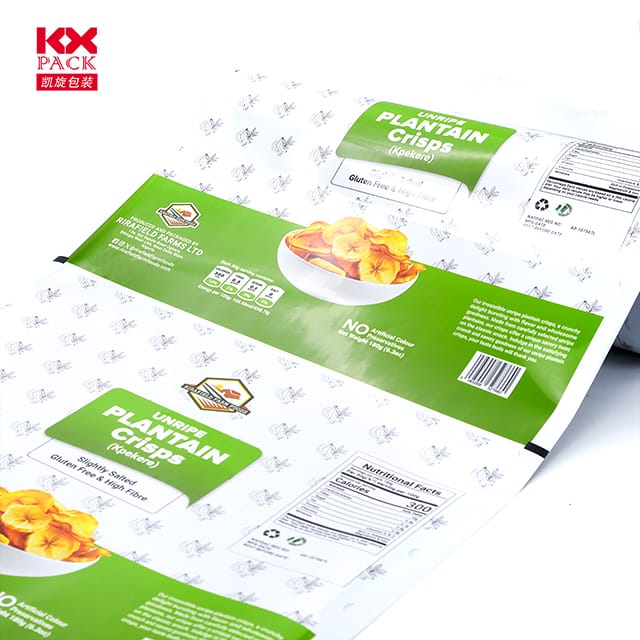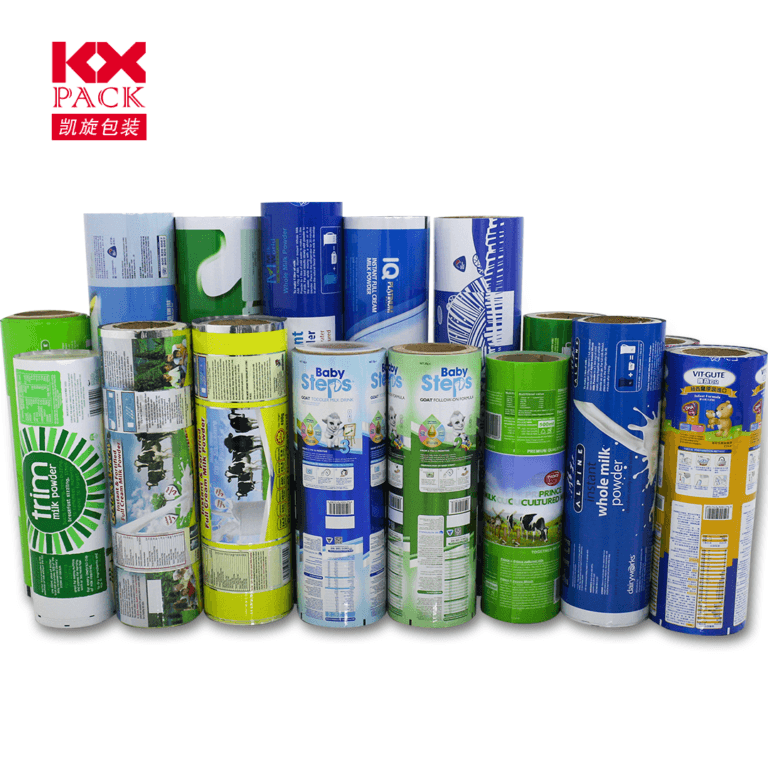포장 및 디자인 혁명: 플라스틱 필름에 디지털 인쇄의 부상 (4)
디지털 인쇄
소개
최근 몇 년 동안, 디지털 인쇄 기술의 발전은 혁신을 추구하는 산업을위한 새로운 국경을 열었습니다., 비용 효율적, 지속 가능한 솔루션. One area experiencing a transformative shift isdigital printing on plastic film, 플라스틱 기판의 다양성과 디지털 잉크젯 또는 토너 기반 시스템의 정밀성 및 창의성을 결합합니다.. This technology is redefining packaging, marketing materials, and industrial applications by enabling on-demand, high-quality prints that were once unimaginable. Let’s delve into the world of digital printing on plastic film and explore its potential.
The Technology Behind Digital Printing on Plastic Film
Unlike traditional analog printing methods like flexography or screen printing, digital printing on plastic film leverages digital files to transfer designs directly onto the material. Key innovations include:
- UV-Cured Inks: Fast-drying inks that bond strongly to plastic surfaces, ensuring durability and resistance to scratches, 화학, and fading.
- Latex and Eco-Solvent Inks: Water-based or low-VOC options that cater to eco-conscious brands while maintaining vibrant colors.
- High-Resolution Printheads: Capable of producing intricate details, gradients, and photo-realistic images at speeds exceeding traditional methods.
산업 전반에 걸친 응용
The adaptability of digital printing on plastic film makes it a game-changer across sectors:
- 식품 포장: Customizable labels, tamper-evident seals, and promotional wraps for snacks, 음료수, 그리고 신선한 농산물.
- 소매 & 마케팅: Eye-catching point-of-sale displays, shelf talkers, and promotional banners with dynamic visuals.
- Electronics: Durable labels for devices, cables, and components requiring resistance to wear and chemicals.
- Automotive & Aerospace: 가벼운 중량, weather-resistant decals for vehicle graphics and safety markings.
- Healthcare: Sterilizable packaging for medical devices and clear, informative labels for pharmaceuticals.
Advantages Over Traditional Methods
- Cost-Efficiency for Short Runs: Eliminates the need for printing plates, making small-batch production economically viable.
- Rapid Turnaround: Designs can be uploaded, printed, and delivered within hours, ideal for time-sensitive campaigns.
- Design Flexibility: Supports variable data printing (예를 들어, personalized labels) and unlimited color variations.
- 지속 가능성: Reduces material waste through precise printing and enables eco-friendly ink options.
Challenges and Solutions
While promising, digital printing on plastic film faces hurdles:
- Surface Compatibility: Not all plastic films accept ink equally. Pre-treatment (예를 들어, corona discharge) or primer coatings can enhance adhesion.
- Ink Durability: UV exposure and abrasion may affect longevity. UV-cured inks and laminated finishes offer robust solutions.
- Cost of Equipment: High-end digital printers require significant investment. 하지만, operational savings over time often offset initial costs.
Future Trends
The future of digital printing on plastic film is bright, with emerging trends including:
- 스마트 패키징: Integration of QR codes, NFC 태그, or temperature sensors for interactive consumer experiences.
- Sustainable Materials: Biodegradable plastic films paired with eco-inks to meet green procurement goals.
- Automation: AI-driven design tools and robotic finishing systems for streamlined, end-to-end production.
결론
Digital printing on plastic film is more than a technological advancement—it’s a catalyst for creativity, 능률, 지속 가능성. As industries prioritize agility and eco-conscious practices, this technology will continue to reshape how brands communicate, products are packaged, and ideas are visualized. For businesses ready to embrace innovation, the possibilities are limitless.
What’s your next bold idea for plastic film printing? The digital canvas awaits! 🖨️🎨






